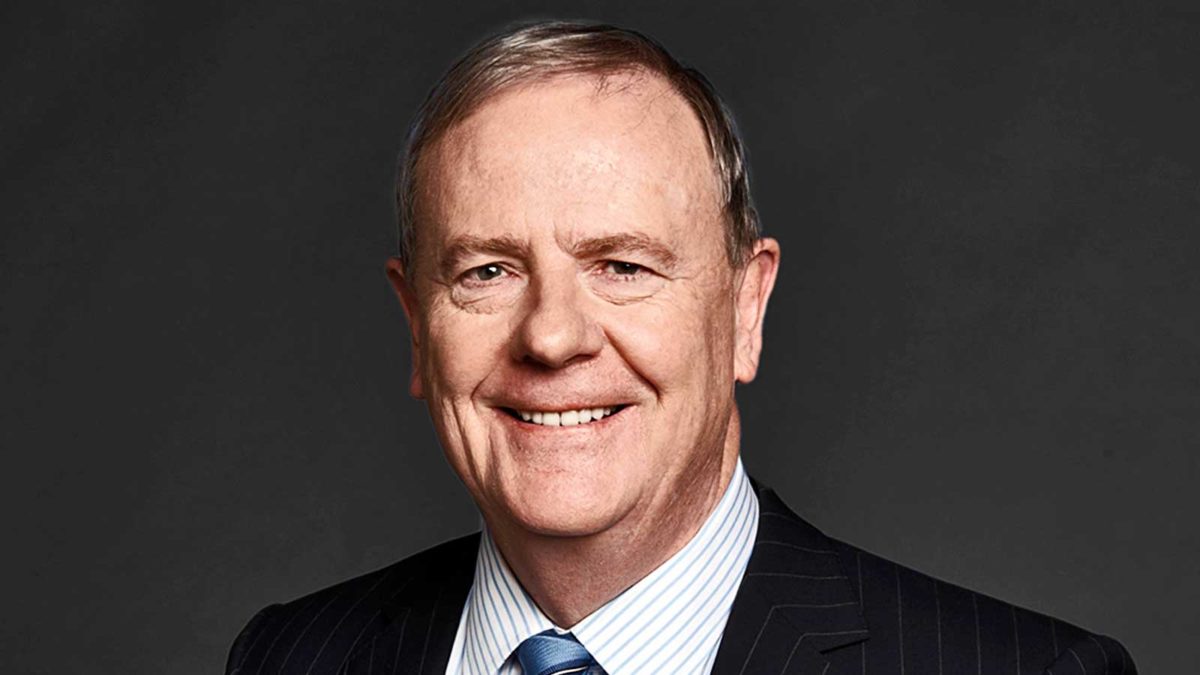Why you will never invest like the Future Fund
The Future Fund this week released their performance report for the 2021 financial year. It was a stunning result, with the fund returning 22.2 per cent for the 12-month period, well ahead of the median growth fund which returned around 18.4 per cent. Interestingly, the fund’s targeted return for the period was 7.8 per cent and as an inquisitive person I always tend to question how such outperformance was delivered; the natural question is whether more risk taken than needed to be?
As soon as the performance was announced we saw the typical flood of articles and coverage talking about how you, the investor, can invest like the Future Fund. Whether it is taking a longer-term approach, engaging more managers, or adding more alternatives to your portfolio the free advice comes thick and fast. I’m not here to tell you how to invest like the Future, the complete opposite, I’m telling you why you can’t.
There are three reasons, in my view, that stop individual investors from replicating or even nearing the quality of the Future Fund; the first is liquidity.
On first blush, the Future Fund appears to hold as much as 40 per cent of the underlying portfolio of $196 billion in illiquid assets. 40 per cent in investments offering limited, if any liquidity within at least five years is a material portion of your capital. Now by no means am I saying this is an inappropriate investment decision, rather I don’t believe it is possible to implement as an investor relying on one’s capital to fund their lifestyle.
What SMSF can lock 40 per cent of their capital into illiquid investments? The majority of SMSFs are run by those in drawdown or retirement phase, in which case drawdown needs are real and regular. Events happen in life, whether that is an unexpected major expense including surgery, regular pension drawdowns, the need for renovations, or gifting funds to support a child’s house purchase. Further, would the increasingly conservative auditors of SMSFs allow such a large allocation.
This is without considering the length of time that many investments the Future Fund prefers must be ‘locked up’. Private equity generally requires locking your capital away for at least a decade, with similar expectations for direct infrastructure and timberland assets. Which leads me to the second reason you can’t copy the future fund; accessibility.
It’s one thing to access the lack of liquidity that comes with allocating as much as 17 per cent of the portfolio to private equity. It is another thing all together to find enough suitable investments, as a retail investor, to warrant this exposure. Whilst the Future Fund likely has an open-door policy into the likes of KKR, TPG Capital, Bain and Hellman and Friedman, this are nearly inaccessible for those unable to write at least a $1 million cheque. Not to mention the fact that the Future Fund has the ability to make co-investments and take controlling stakes of major assets and companies themselves.
The strong performances and proven correlation benefits of private equity are now well appreciated by financial advisers in Australia, yet the asset class remains significantly underweight within portfolios. Similarly, you could count on one hand the number of investable quality private equity strategies available directly to retail investors.
The third issue is intertwined with the first two, being the lack of accessibility. Individual investors simply don’t get offered much of this stuff, and unfortunately when they do, they tend to be the last to know. For instance, when was the last time you were offered an investment into timberland? Not Timbercorp, which is a very different story, but institutional quality timberland.
A similar issue faces those seeking to invest in direct infrastructure or property. You are forced to either buy into properties already owned, or accept more liquid, listed alternatives that have significantly higher volatility and a much narrower range of options. The Future Fund listed two recent examples that being POWAR and Telstra’s InfraCo Tower network, both being high quality, consistently yielding investments simply unavailable in a direct form to self-directed investors.
Finally, a bonus reason, which is you. As self-directed investors we are managing our own capital, we feel the pain when something falls and the euphoria when something gains. This naturally introduced unconscious biases into our decision making. We naturally want to pay more attention to our investments and can’t just forget about a bad decision like a Portfolio Manager who has no emotional connection to their capital.
Similarly, the cohort of retired, self-directed investors in Australia could never hold just 8.5 per cent in Australian equities like the Future Fund does. The borderline obsession with income means for better or worse the allocation can be as much as 80 per cent of portfolios. The same could be said about the Future Fund’s global equity allocation of 27 per cent. In my experience, many otherwise knowledgeable investors avoid investing into overseas equities due to the perception they are ‘higher risk’ or alternatively that the managed funds they use are ‘too complex’ or ‘less liquid’.









